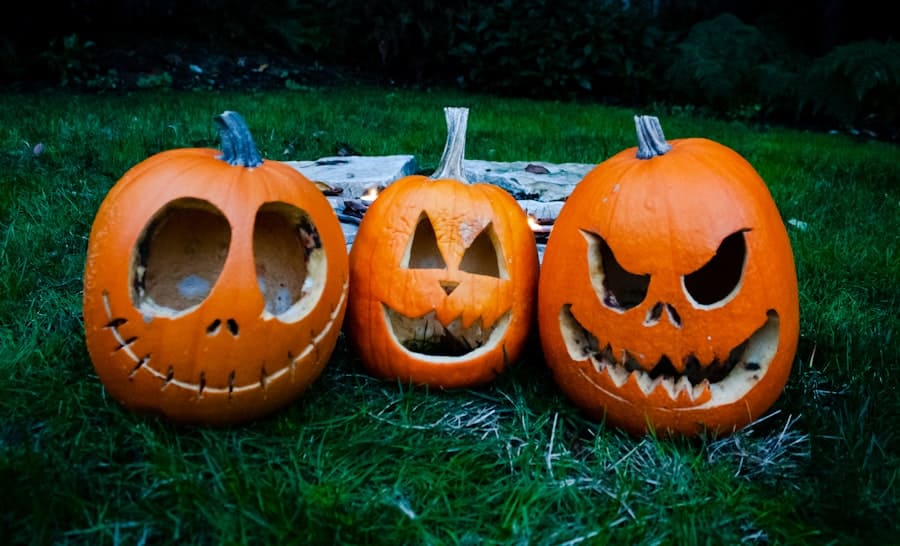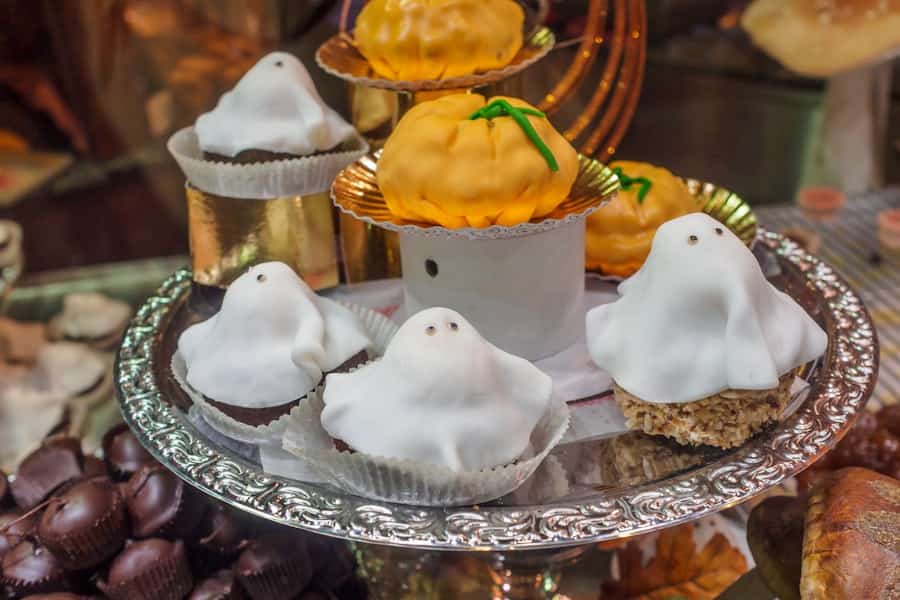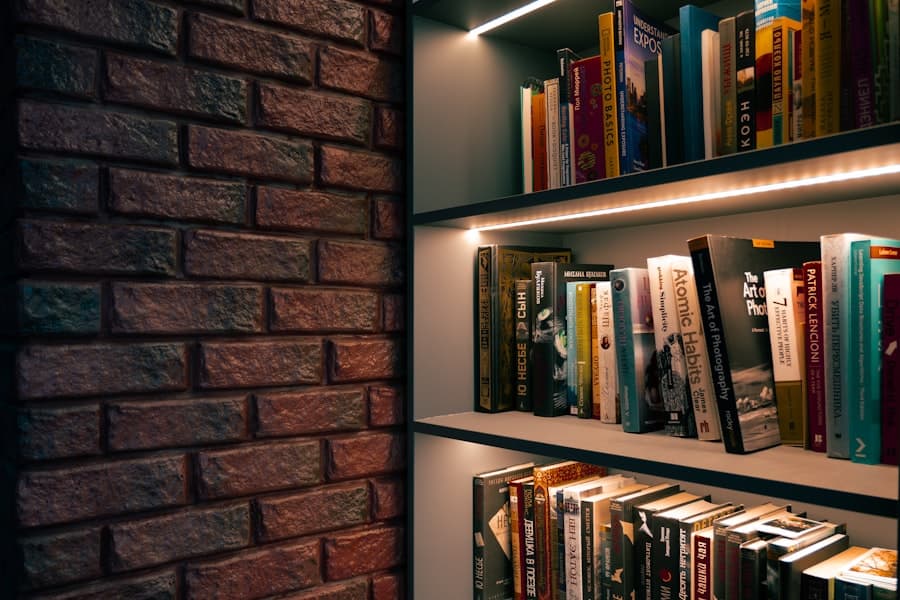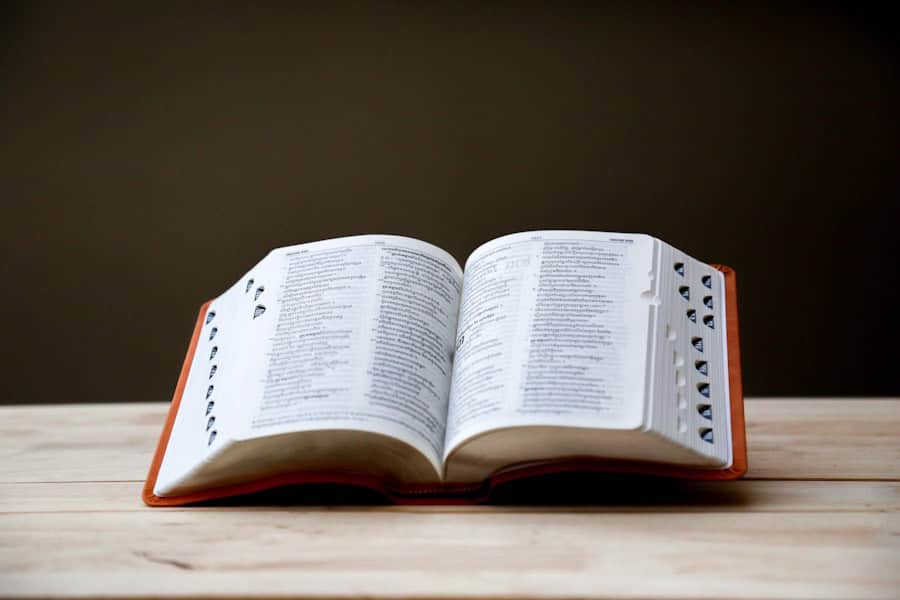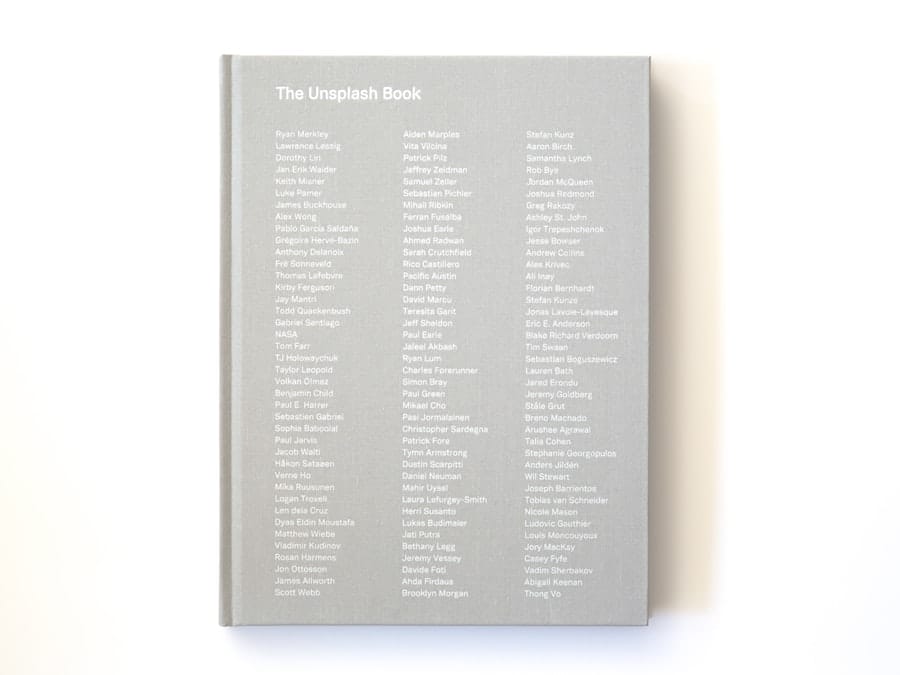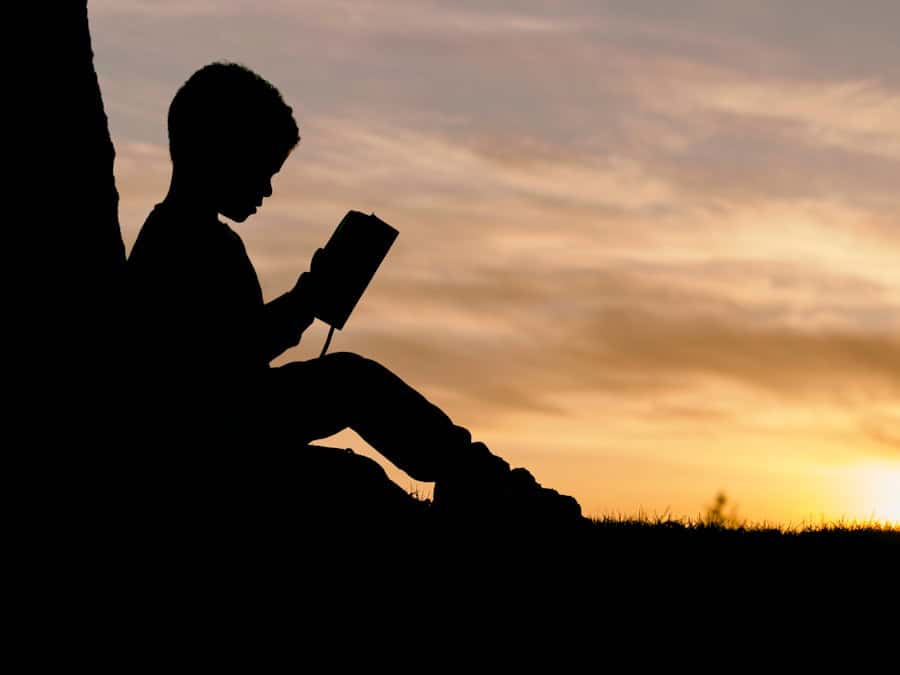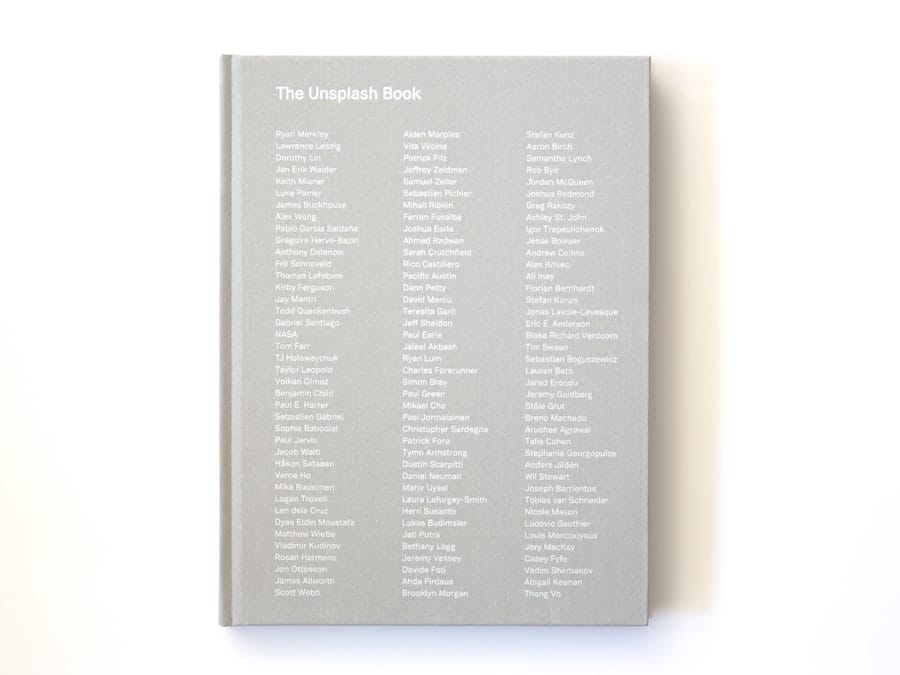Bangla Bhuter Golpo, or Bengali ghost stories, represent a unique and captivating genre within Bengali literature. These tales, steeped in folklore and tradition, often explore themes of the supernatural, the unknown, and the human psyche’s darker corners. They serve not only as entertainment but also as a means of cultural expression, reflecting the fears, beliefs, and values of Bengali society.
The genre has evolved over centuries, drawing from ancient myths and local legends, and continues to resonate with readers today. The allure of Bhuter Golpo lies in their ability to evoke a sense of mystery and suspense. They often feature haunted houses, restless spirits, and eerie encounters that challenge the boundaries between the living and the dead.
These stories are not merely about fear; they delve into existential questions and moral dilemmas, making them rich in narrative depth. As such, they have become an integral part of Bengali storytelling, passed down through generations and adapted into various forms of media, including films, television shows, and theatrical performances.
Key Takeaways
- Bangla Bhuter Golpo are traditional Bengali ghost stories that have been passed down through generations.
- Top 5 Bangla Bhuter Golpo PDFs include “Thakurmar Jhuli,” “Bhuter Golpo,” “Bhootnather Diary,” “Bhutera Upakhyan,” and “Bhuter Golpo Samagra.”
- Bhuter Golpo originated from ancient folklore and oral traditions in Bengal, and have been written down and compiled into collections over time.
- Bhuter Golpo have had a significant influence on Bengali culture, shaping literature, art, and entertainment.
- Bhuter Golpo can have a psychological impact on readers, evoking fear, suspense, and a sense of the supernatural.
- Access and download Bangla Bhuter Golpo PDFs through online platforms, libraries, and bookstores.
- Popular Bhuter Golpo characters and themes include ghosts, spirits, haunted places, and supernatural occurrences.
- The future of Bhuter Golpo in the digital age involves new adaptations, online communities, and continued interest in traditional ghost stories.
Top 5 Bangla Bhuter Golpo PDFs
For enthusiasts of Bangla Bhuter Golpo, accessing quality literature in PDF format can enhance the reading experience. Here are five notable collections that stand out for their storytelling prowess and cultural significance: 1. **”Bengali Ghost Stories” by Various Authors**: This anthology features a selection of classic ghost stories from renowned Bengali writers such as Rabindranath Tagore and Bibhutibhushan Bandyopadhyay.
Each story encapsulates the essence of Bhuter Golpo, showcasing the rich tapestry of Bengali folklore. 2. **”Shabda O Chhaya” by Satyajit Ray**: A collection that includes Ray’s own interpretations of ghost stories, this PDF offers a modern twist on traditional tales.
Ray’s unique narrative style brings a fresh perspective to the genre while maintaining its core elements. 3. **”Bhuter Golpo” by Manik Bandopadhyay**: This compilation focuses on the psychological aspects of ghost stories, exploring how fear manifests in various forms.
Bandopadhyay’s writing is known for its depth and complexity, making this PDF a must-read for those interested in the genre’s darker themes. 4. **”Chhaya O Bhut” by Tarashankar Bandyopadhyay**: This collection delves into the relationship between the living and the supernatural.
Bandyopadhyay’s stories often reflect societal issues through the lens of horror, providing readers with both chills and insights. 5. **”Bhoot-er Golpo” by Sunil Gangopadhyay**: Gangopadhyay’s work is characterized by its vivid imagery and engaging narratives.
This PDF includes some of his most popular ghost stories, which are both entertaining and thought-provoking. These PDFs not only provide access to classic tales but also serve as a gateway for new readers to explore the rich world of Bangla Bhuter Golpo.
The Origins of Bhuter Golpo

The origins of Bhuter Golpo can be traced back to ancient Bengali folklore, where oral traditions played a crucial role in storytelling. These tales were often shared during gatherings, festivals, and religious ceremonies, serving as a means to convey moral lessons or explain natural phenomena through supernatural elements. The early narratives were steeped in local beliefs about spirits and the afterlife, reflecting the cultural context of the time.
As Bengali literature began to formalize in the 19th century, writers started to document these oral traditions in written form. The influence of Western literature also played a significant role in shaping the genre. Authors like Rabindranath Tagore incorporated elements of Gothic fiction into their works, blending traditional themes with modern storytelling techniques.
This fusion resulted in a new wave of ghost stories that appealed to both local and international audiences.
The Influence of Bhuter Golpo in Bengali Culture
Bhuter Golpo has had a profound impact on Bengali culture, shaping not only literature but also art, cinema, and theater. The genre has inspired countless adaptations across various media platforms, allowing it to reach wider audiences while preserving its core themes. In cinema, filmmakers have drawn upon these stories to create films that explore the supernatural while addressing contemporary societal issues.
Moreover, Bhuter Golpo has become a staple during festivals and cultural events in Bengal. Storytelling sessions featuring ghost tales are common during Durga Puja and other celebrations, where audiences gather to experience the thrill of these narratives together. This communal aspect reinforces cultural bonds and keeps the tradition alive for future generations.
The genre also serves as a reflection of societal fears and anxieties. For instance, during periods of political unrest or social change, ghost stories often take on new meanings, addressing contemporary issues through allegory and metaphor. This adaptability ensures that Bhuter Golpo remains relevant in an ever-changing cultural landscape.
The Psychological Impact of Bhuter Golpo
The psychological impact of Bhuter Golpo is significant, as these stories often tap into deep-seated fears and anxieties that resonate with readers on a personal level. The exploration of themes such as death, loss, and the unknown can evoke strong emotional responses, prompting readers to confront their own fears about mortality and existence. The supernatural elements serve as a vehicle for exploring these complex emotions in a safe environment.
Additionally, Bhuter Golpo often delves into the human psyche’s darker aspects, examining how fear can manifest in various forms—be it through guilt, paranoia, or trauma. Characters in these stories frequently grapple with their inner demons, making them relatable to readers who may have experienced similar struggles. This psychological depth adds layers to the narratives, transforming them from mere horror tales into profound explorations of human nature.
The genre also serves as a coping mechanism for individuals dealing with grief or loss. By engaging with stories that confront death and the afterlife, readers can process their emotions and find solace in shared experiences. The cathartic nature of these narratives allows individuals to confront their fears while also providing a sense of community among those who share similar sentiments.
How to Access and Download Bangla Bhuter Golpo PDFs

Accessing Bangla Bhuter Golpo PDFs has become increasingly convenient with the rise of digital platforms dedicated to literature. Numerous websites offer free or paid downloads of classic and contemporary ghost stories in PDF format. Popular platforms such as Project Gutenberg or Archive.org host a variety of Bengali literature, including collections of Bhuter Golpo.
Additionally, dedicated Bengali literature websites often curate lists of available PDFs for readers interested in exploring this genre further. Social media groups focused on Bengali literature can also be valuable resources for discovering new titles and accessing downloadable content shared by fellow enthusiasts. For those who prefer e-readers or mobile devices, many online bookstores offer e-books that can be purchased and downloaded instantly.
These platforms frequently provide options for different formats (PDF, ePub) to cater to various reading preferences. By utilizing these resources, readers can easily immerse themselves in the world of Bangla Bhuter Golpo from the comfort of their homes.
Analysis of Popular Bhuter Golpo Characters and Themes
The characters within Bangla Bhuter Golpo often embody archetypes that resonate deeply with readers. Ghosts or spirits frequently represent unresolved issues from their past lives—be it unfulfilled desires or unfinished business—creating a compelling narrative tension between the living and the dead. For instance, characters like “Bhoot” (ghost) often serve as metaphors for societal taboos or personal regrets that haunt individuals long after they have passed away.
Themes such as revenge, justice, and redemption are prevalent throughout these stories. Many narratives revolve around spirits seeking vengeance for wrongs committed against them during their lifetimes. This theme not only heightens suspense but also prompts readers to reflect on moral questions regarding justice and accountability.
The interplay between good and evil is often blurred; characters may find themselves sympathizing with ghosts who were wronged rather than fearing them. Another recurring theme is the exploration of fear itself—how it shapes human behavior and influences relationships. Characters often confront their fears head-on, leading to moments of self-discovery or transformation.
This psychological exploration adds depth to the narratives while allowing readers to engage with their own fears in a meaningful way.
The Future of Bhuter Golpo in the Digital Age
As technology continues to evolve, so too does the landscape of storytelling within Bangla Bhuter Golpo. The digital age has opened up new avenues for authors to share their work with broader audiences through blogs, podcasts, and social media platforms. This shift has led to a resurgence in interest surrounding ghost stories among younger generations who may not have been exposed to traditional forms of storytelling.
Moreover, digital adaptations—such as web series or short films—are becoming increasingly popular as creators seek innovative ways to reinterpret classic tales for modern audiences. These adaptations often incorporate contemporary themes while retaining the essence of traditional ghost stories, ensuring that they remain relevant in today’s fast-paced world. The rise of interactive storytelling through virtual reality (VR) experiences also presents exciting possibilities for engaging with Bhuter Golpo in immersive ways.
Readers may soon find themselves stepping into haunted settings or experiencing ghostly encounters firsthand through technology-driven narratives. In conclusion, while the future may bring changes to how Bangla Bhuter Golpo is consumed and experienced, its core themes—fear, morality, and the supernatural—will continue to resonate with audiences across generations. As long as there are stories to tell about what lies beyond our understanding, the tradition of Bhuter Golpo will endure in both print and digital formats alike.

